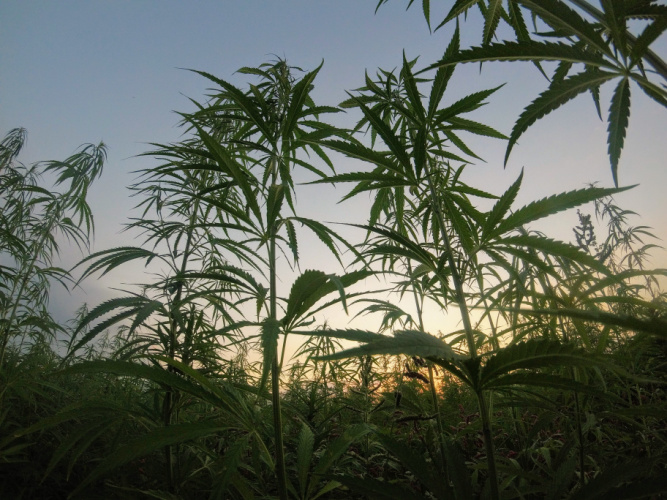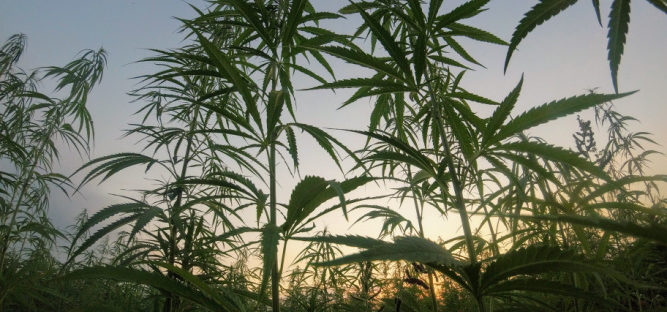
Navigating through hemp-derived ingredients can be confusing, but it’s important to know the difference between these products to ensure that your customers are getting the experience that they’re seeking.
Hemp ingredients aren’t new but the demand for them is growing quickly and has become much more mainstream. The science that drives these ingredients is also quickly evolving and it can be difficult to understand the ingredients that are in a particular product and the effect that it has on the body.
In addition, the laws regarding cannabinoids such as cannabidiol (CBD) and tetrahydrocannabinol (THC) vary greatly between states and countries, so always be aware of your local laws regarding products containing these substances. Hemp seed oil contains neither, but legalities aside, there are very distinct differences among these three products and it’s critical to understand the differences in order to please your customers.
Hemp Seed Oil
Hemp seed oil, also known as cannabis sativa seed oil, is a lightweight oil that is extracted from the seeds of the industrial hemp plant. It is rich in polyunsaturated fats and is commonly used as a food item as well as an ingredient in cosmetics and intimate products. It feels lovely and silky on the skin and is a rich emollient that doesn’t leave the customer feeling oily or greasy. It does not contain meaningful amounts of cannabidiol or tetrahydrocannabinol. You cannot get high from this ingredient, nor would you experience the relaxation effects associated with cannabinoids.
Tetrahydrocannabinol (THC)
This particular ingredient isn’t as widely used in cosmetic products but is worth mentioning. THC, short for delta-9-tetrahydrocannabinol or simply tetrahydrocannabinol, comes directly from the marijuana plant. THC is the psychoactive substance that will result in a high and a positive drug test when consumed or smoked. It is the compound that most people associate with marijuana.
Cannabidiol (CBD)
Cannabidiol is the ingredient that many consumers are interested in when seeking out specialty intimate products. CBD can be derived from either hemp or marijuana but is most commonly hemp-derived. CBD is the compound that results in a feeling of relaxation and sexual enhancement but does not cause any impairment. It is typically, but not always, an oil-soluble compound and therefore tends to be used in oil-based products.
CBD comes in a few different forms, with isolate, distillate and full-spectrum being the most common. Isolate is the resulting substance when the CBD is processed and separated from other compounds found in the hemp plant. It is CBD in its purest form and contains few or no other compounds. This is particularly advantageous for both retailers and customers who wish to avoid any other cannabinoids, colors or scents.
Distillate, on the other hand, is extracted from the hemp plant but it contains other compounds including trace amounts of other cannabinoids such as CBG and CBN, though THC is typically intentionally removed. It also often has a green color and earthy scent, though this varies depending on the processor.
Finally, full-spectrum CBD contains all of the cannabinoids and compounds found in the hemp plant, including trace amounts of THC along with other compounds that color and scent the final product. Many customers who are interested in the entourage effect — the idea that compounds work better together than when separated — will seek out full-spectrum CBD products.
You know your customers best. When you and your employees have a good understanding of the different ingredients found in hemp-based intimate products, you can better meet the needs of your customers. Navigating the ever-changing world of CBD and hemp can be a daunting task, but it’s critical to be able to understand and purchase products that best suit your customers. Similarly, while many customers are well-versed in the world of CBD, many others are still learning, and it’s a great opportunity to educate them and direct them to the right products to suit their individual needs.
